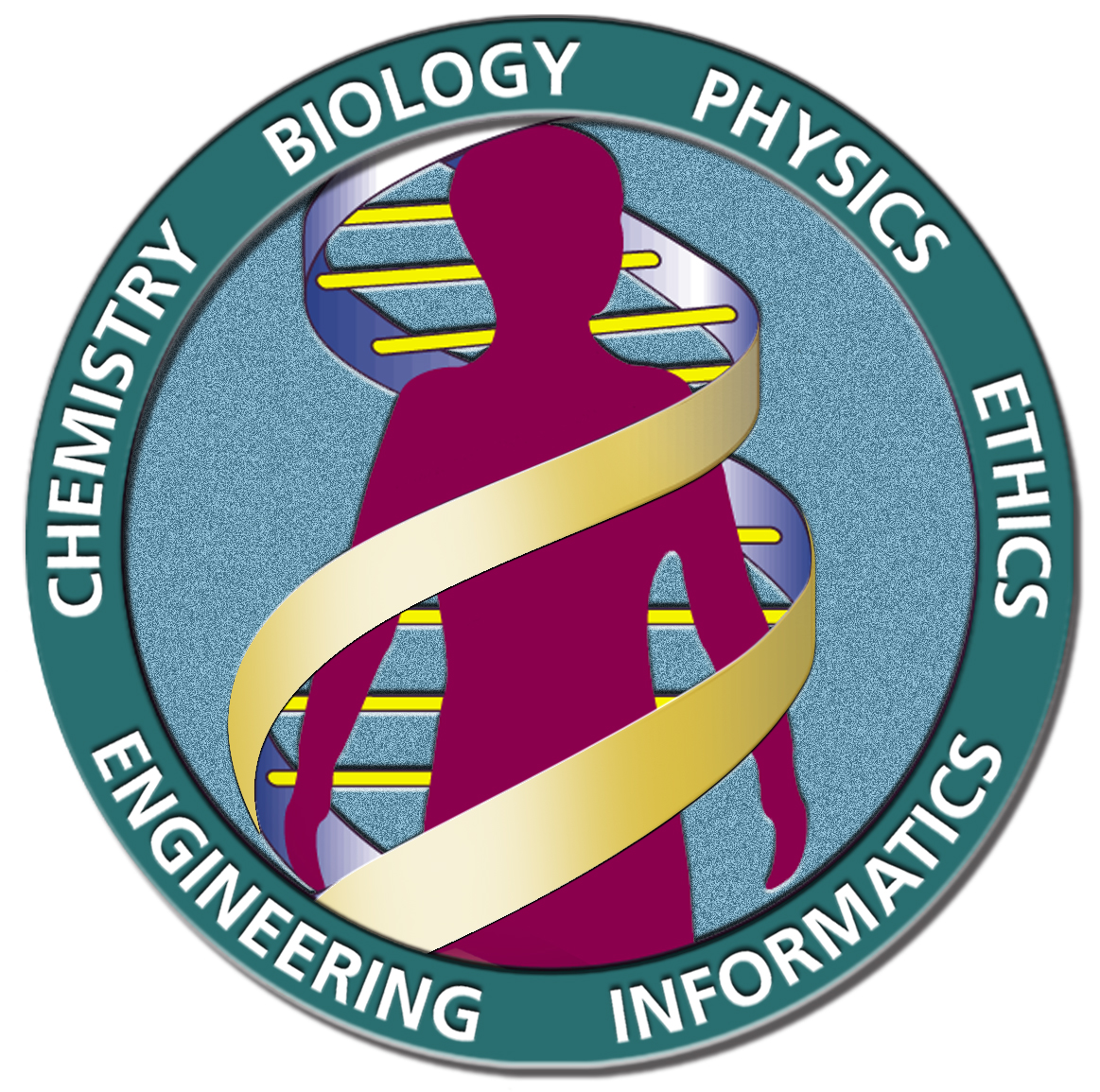Overview
What was the Human Genome Project?
Begun formally in 1990, the U.S. Human Genome Project was a 13-year effort coordinated by the U.S. Department of Energy (DOE) and the National Institutes of Health (NIH). The project originally was planned to last 15 years, but rapid technological advances accelerated the completion date to 2003. Project goals were to:
- identify all the approximately 20,000-25,000 genes in human DNA,
- determine the sequences of the 3 billion chemical base pairs that make up human DNA,
- store this information in databases,
- improve tools for data analysis,
- transfer related technologies to the private sector, and
- address the ethical, legal, and social issues (ELSI) that may arise from the project.
To help achieve these goals, researchers also studied the genetic makeup of several nonhuman organisms. These include the common human gut bacterium Escherichia coli, the fruit fly, and the laboratory mouse.
The U.S. Human Genome Project was the first large scientific undertaking to address potential ELSI implications arising from project data. DOE and NIH genome programs set aside 3% to 5% of their respective annual HGP budgets for the study of these issues. Nearly $1 million was spent on HGP ELSI research.
Another important feature of the project was the federal government’s long-standing dedication to the transfer of technology to the private sector. By licensing technologies to private companies and awarding grants for innovative research, the project catalyzed the multibillion-dollar U.S. biotechnology industry.
For more background information on the U.S. Human Genome Project, see the following:
